When you’re furnishing your home, every piece of furniture you choose plays a vital role in both functionality and aesthetics. End tables and side tables are two popular choices for enhancing the appeal and practicality of your living spaces. However, you might be wondering, what exactly sets an end table apart from a side table, and which one is the right fit for your needs? This article will collect the differences and buying guide of end table vs side table. Whether you’re redecorating a room or starting from scratch, this guide will serve as your go-to resource for understanding, comparing, and choosing the ideal table for your living space.
What is an End Table?
The end table is a small and versatile piece of furniture that typically stands beside a sofa, armchair, or bed. As its name “end”, it traditionally stands at the “end” of a piece of furniture. It serves for holding drinks, food and mini decor items, etc.
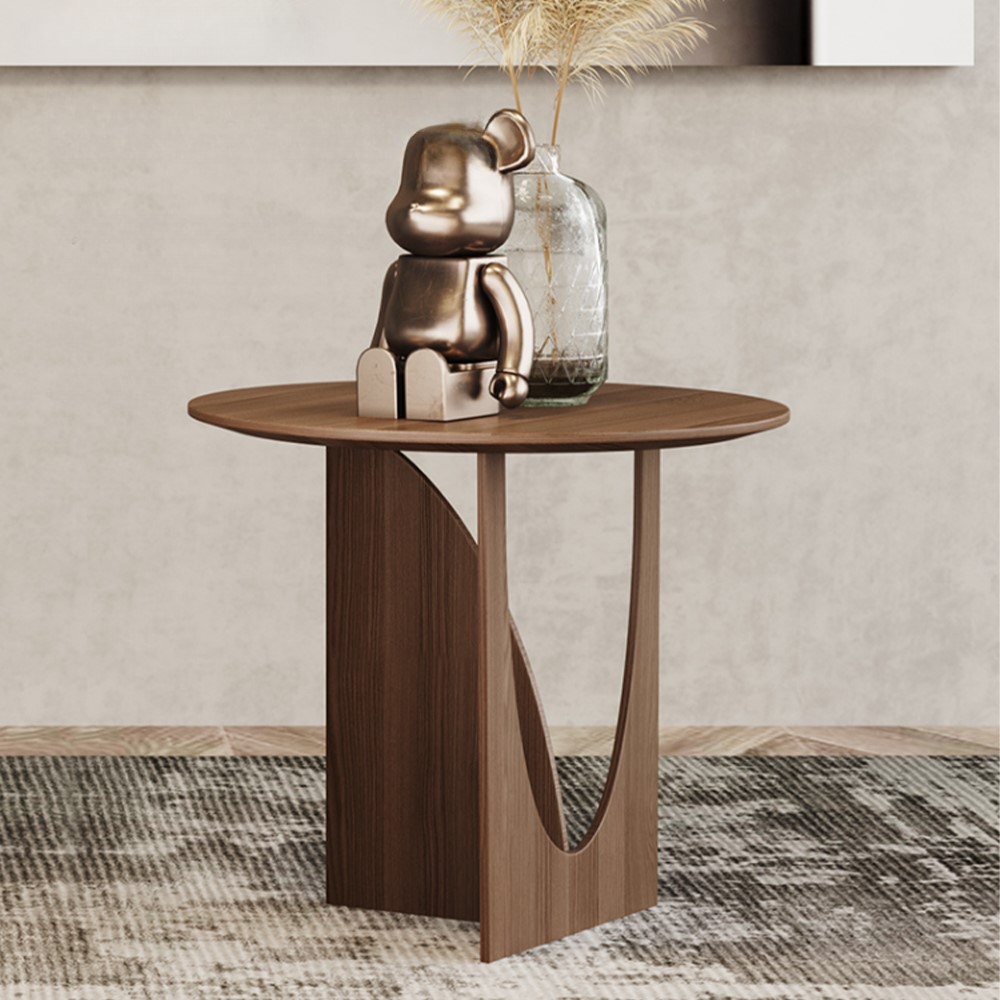
What is a Side Table?
Similar to end tables, side tables are placed beside the seating pieces, like a sofa, a couch. They also serve as practical surfaces for items you want to keep within easy reach, such as a cup of coffee, a remote control, or a decorative object. They generally come with larger surfaces than end tables for enhancing the space.
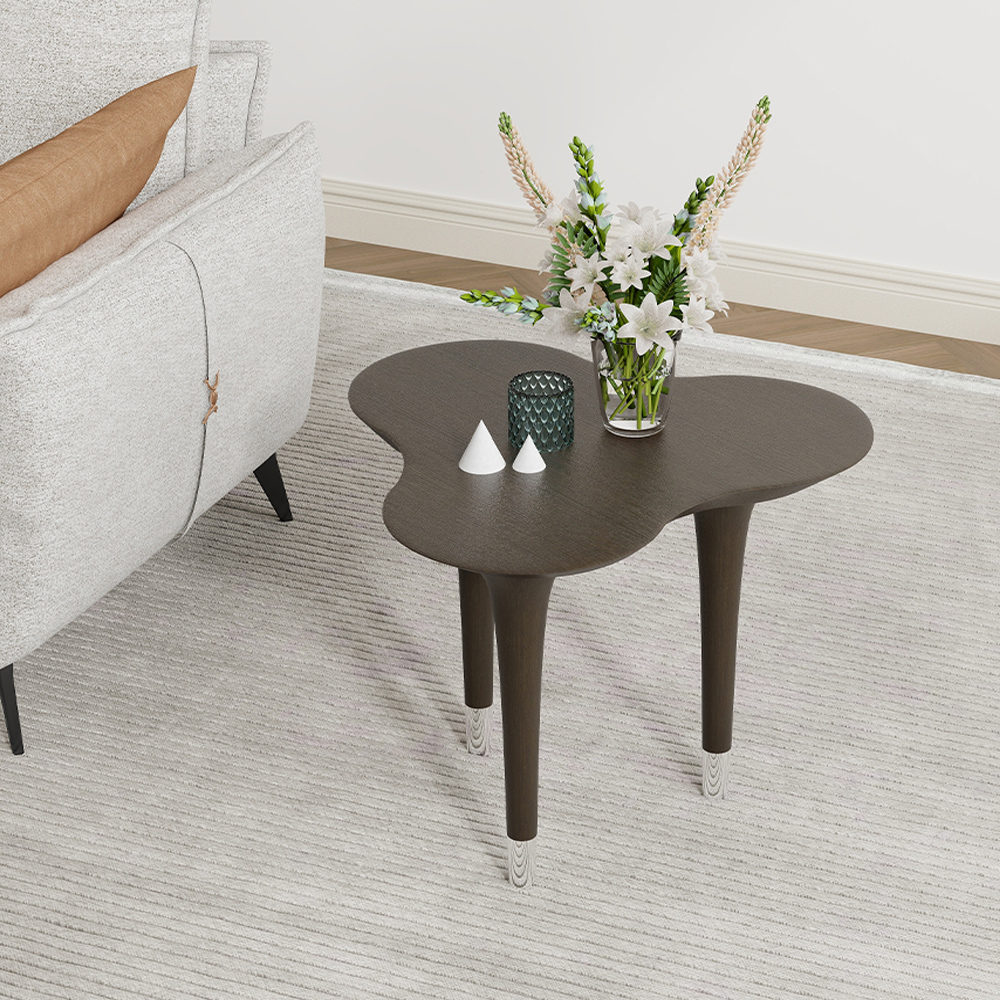
Differences Between End Table and Side Table
The terms “end table” and “side table” are often used interchangeably, and for good reason—they share many similarities. However, there are subtle differences between the two, mainly in their positions within a room and their intended use.
- Placement: End tables are typically positioned at the end or side of a sofa, often beside an armrest. They also commonly stand next to a bed. In contrast, you can position side tables next to various types of seating, like chairs, sofas, or even beds. This broader placement flexibility explains why people sometimes refer to them as “side tables.”
- Use: End tables are often popular for their functionality, such as providing a surface to place a lamp, drinks, or reading materials. Side tables, while also serving a functional purpose, might be chosen more for their decorative qualities or to fill a specific space in the room.
- Design and Size: While there is a wide variety of designs and sizes available for both end tables and side tables, side tables (approx. 18″ to 26″ diameter/square) are sometimes larger and sturdier due to their common placement near sofas, while an end table generally features approx.12″ – 18″ diameter/square. Side tables, being more versatile in placement, can come in a broader range of sizes and designs.
- Terminology: The choice between “end table” and “side table” can also be influenced by regional preferences and individual interpretations. In certain places, people use one term more often, but the furniture pieces are quite alike.
In summary, the primary differences between end tables and side tables are in their placement and intended use. However, these differences are subtle, and the choice between the two often depends on personal preferences and the specific needs of the room. So end table vs side table, which one will you pick?
What is an Alternative to an End Table?
While end tables and side tables are popular choices for adding functional and aesthetic elements to a room, there are alternative options to consider:
- C-Tables: C-tables are a convenient alternative to traditional end tables. They have a C-shaped base that can slide under a sofa or chair, allowing the tabletop to hover over your seating area. This design is especially useful for small spaces or for those who prefer their table to be easily accessible.
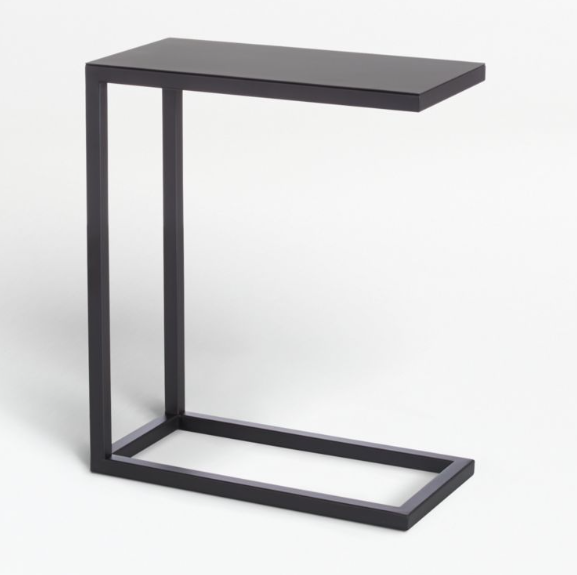
- Nesting Tables: Nesting tables are a set of smaller tables that can be stacked together or used individually. They offer versatility and can be scattered around a room as needed. This is a great choice if you want the flexibility to expand or contract your table space.
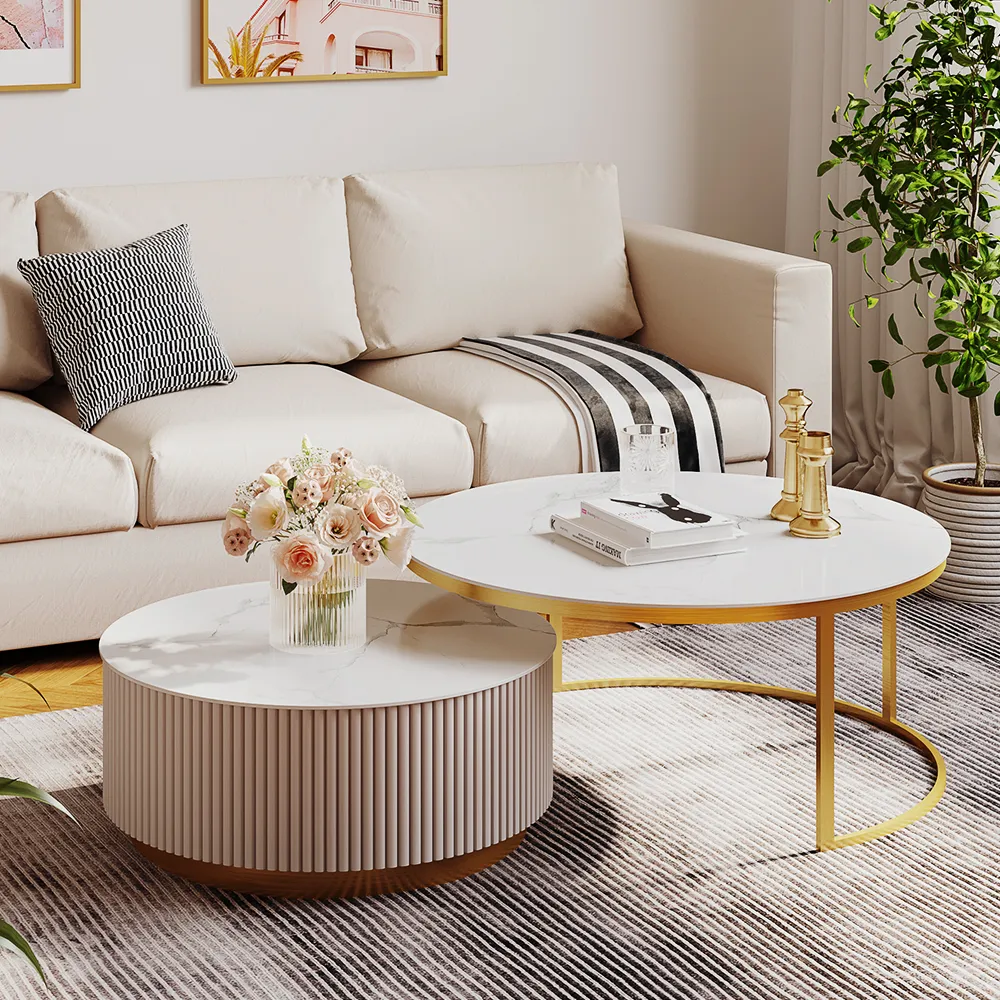
- Tray Tables: Tray tables have a top that can be removed and used as a serving tray. They are portable and can move next to your seating area when needed. Tray tables are not only functional but also add a touch of style to your space.
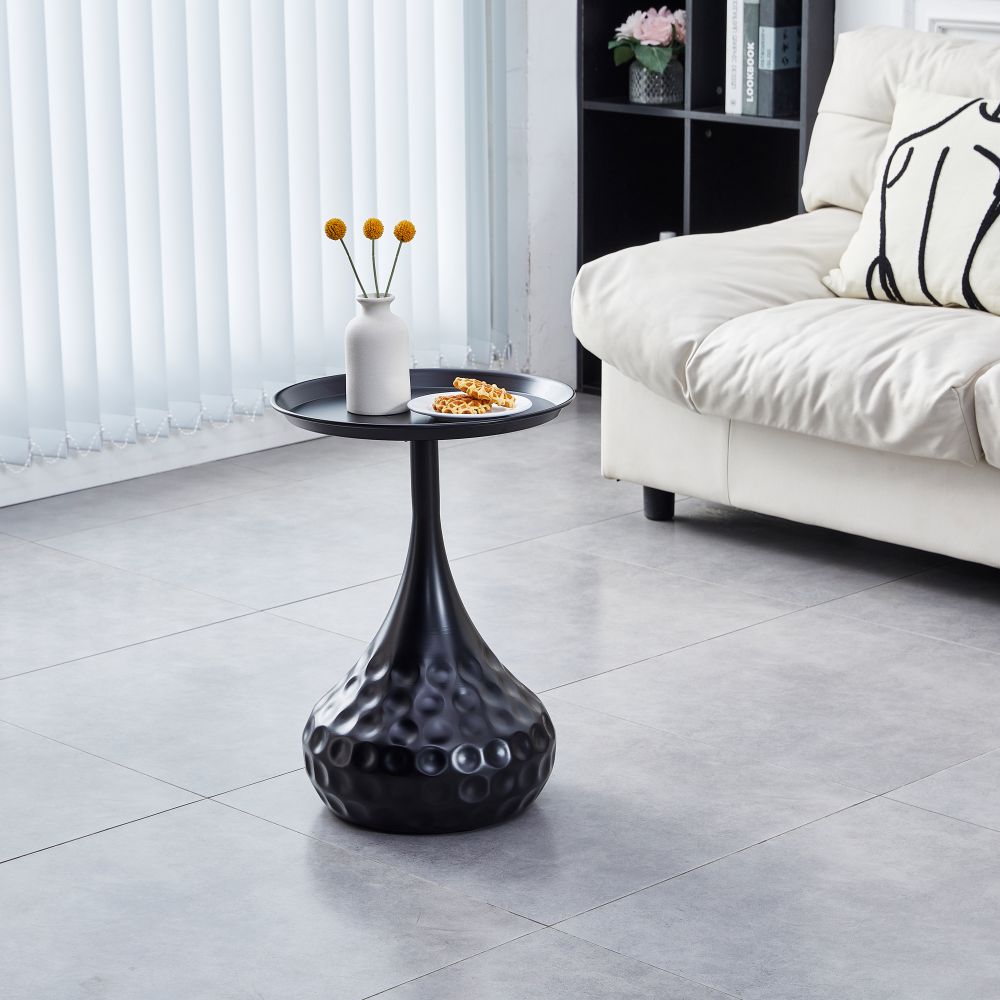
- Wall-Mounted Shelves: If floor space is compact, wall-mounted shelves can be a practical alternative. These shelves can serve as a place to store items or display decor, effectively replacing the need for a traditional end or side table.
- Coffee Tables: If you have enough space, you may consider using a coffee table as a larger alternative to end tables. Coffee tables provide a central surface for multiple seating areas and can be a focal point of your living room.
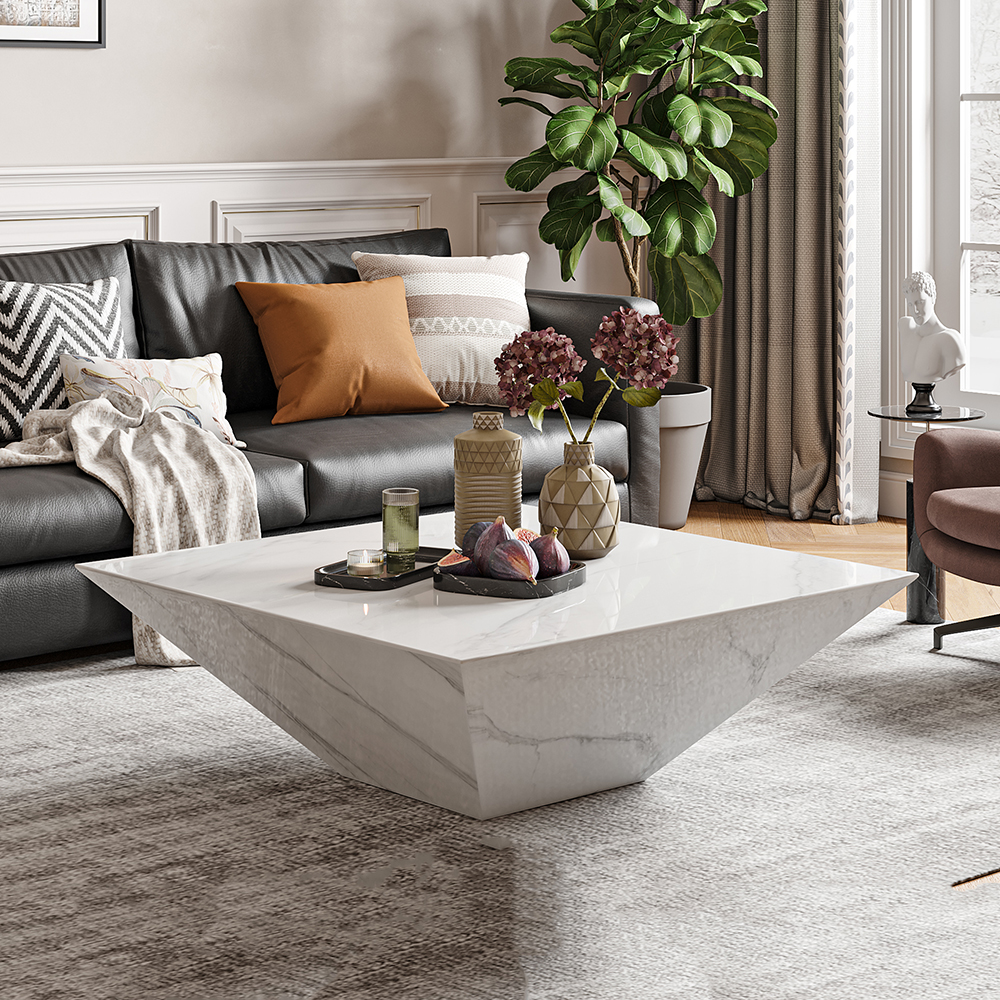
Tips:
Can the end table work as a nightstand in bedroom?
Yes, the end table can used as a bedroom nightstand even though they are with different designs. The end table is typically minimalist and without storage space, but its tabletop still can hold the daily items beside the bed, like alarm, books, glass, etc. In a small apartment, using an end table instead of a bedside table is the best choice because you can easily move it. Moreover it is often more budget-friendly than specialized nightstands, offering a cost-effective solution for your bedroom furnishing requirements.
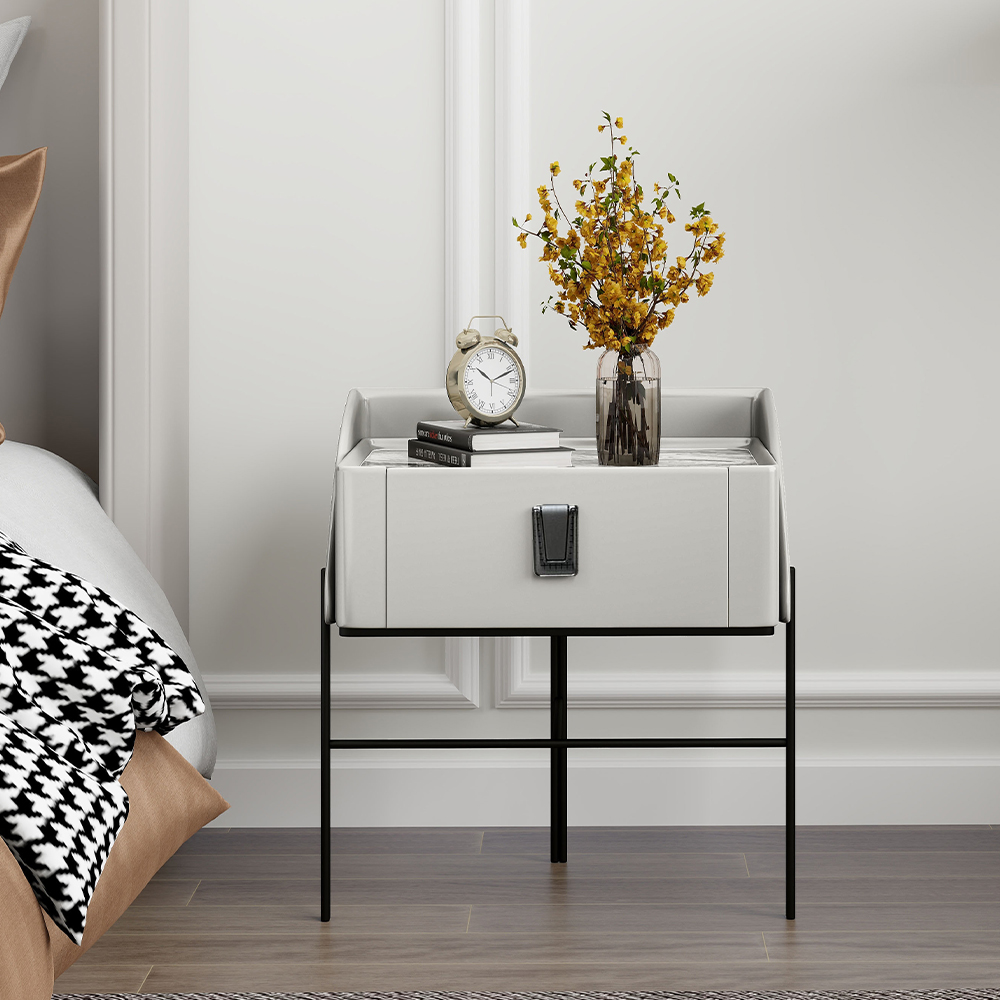
How many items should be on an end table?
Follow the rule of three: everything that comes in threes is perfect, or, every set of three is complete. Besides, please pay attention to the height of those three objects. Select three items with tall, medium and low height to style the end table to make sure people have different places to look.